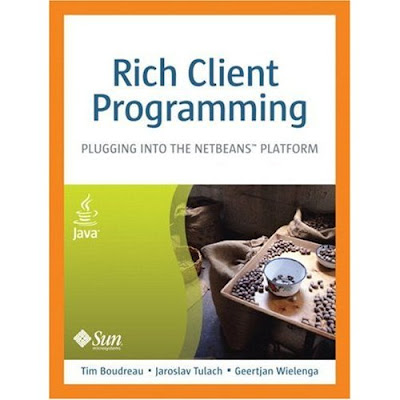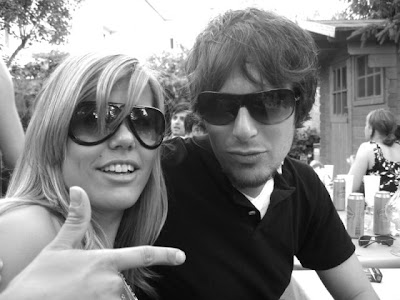Two posts ago, I proudly announced the purchasing of my new book. In this post I'd like to filter out the most important chapters for my bachelor-project where we implement and design a java-based kind of multimedia authoring tool which allows you to create hot spots within a QTVR object.
One of our main guidelines were/are that this application must work offline and on only on the client side. In the future students of our university should use this tool for the lecture "Multimedia 2" where they mainly use iShell as an authoring tool to create QT based presentations or games.
Because there was/is no such tool out there which is for free and open sourced, our teachers at university decided that out team should implement such kind of tool which simply allows you to create hot spots in QTVR objects.
Why based on the NetBeans Platform? Because this platform or framework allows you to reuse and simply to modify main rich client features e.g. menus or window handling so we don't have to spend time on coding this components.
Of course those are just a few issues why we would like to use this Platform. So now I'd like to filte the book's chapters which will be very important for our application und general knowledge about creating rich clients based on top of the NetBeans Platform.
Chapter 1 gets you set up and shows the basic process of creating a module.
Chapters 2 and 3 discuss the benefits of modularity and provide an overview of the modular structure of the NetBeans Platform.
Chapters 4 and 5 explain the concepts behind the way NetBeans modules work together and show you the platform’s mechanisms for making modular applications cohesive.
Chapter 6 introduces you to the Filesystems API, which is the NetBeans Platform’s base construct for handling both user data and system configuration data.
Chapter 7 consolidates information from previous chapters and shows you how to create a simple Navigator component for the platform.
Chapter 8 explains and demonstrates the NetBeans building blocks and features for creating mature multiwindow applications.
Chapter 11 shows off the IDE’s GUI Builder and how it simplifies developing user interfaces for NetBeans Platform applications.
Chapter 15 explains how to create a palette of objects and provides an example for enabling drag-and-drop of code snippets from the palette to a text editor.
Chapter 18 shows you how to add user-configurable options to your application:
Chapter 21 demonstrates how to integrate help documentation into your application.
Chapter 22 shows you how to make updates of your modules (and totally new modules) available to users in a dynamic update center.
Of course I'll also read the remaining chapters about web services and support for a web application framework but those chapters which i've listed above are mainly those chapters which I'll need for the bachelor project and actually there are not many remaining chapters ;o)
After I every chapter I'll post a short summery and will explain how I can use this new knowledge for our bachelor project.
Stay tuned and happy NetBeanin' as Roumen likes to say :o)
Cheers




